Higher education is expensive! Begin saving the tax-smart way with a Section 529 plan
 When it comes to saving for college, parents and grandparents often turn to one of the most popular sections of the tax code: Section 529 college savings plans. Of all the vehicles available for college savings, 529 plans are perhaps the most versatile in some ways. They’re available to anyone, regardless of income level. And they provide potentially significant income tax and estate planning opportunities. So if you’re faced with the daunting task of financing a child’s college education, a 529 plan is well worth considering.
When it comes to saving for college, parents and grandparents often turn to one of the most popular sections of the tax code: Section 529 college savings plans. Of all the vehicles available for college savings, 529 plans are perhaps the most versatile in some ways. They’re available to anyone, regardless of income level. And they provide potentially significant income tax and estate planning opportunities. So if you’re faced with the daunting task of financing a child’s college education, a 529 plan is well worth considering.
ABCs of 529s
529 plans, sponsored by states, allow you to make cash contributions to a tax-advantaged investment account. Although contributions aren’t tax deductible at the federal level, earnings can grow tax-deferred and may be withdrawn free of federal — and, generally, state — income taxes, provided they’re used for qualified higher education expenses. These include tuition, fees, books, supplies and equipment, and certain room and board expenses. Nonqualified withdrawals are subject to taxes and a 10% penalty on the earnings portion.
Although most college savings plans are open to both residents and nonresidents of the state sponsoring the plan, there may be advantages to opening an account in your home state: possible state income tax deductions or other state tax breaks.
Perhaps the biggest advantage of 529 plans is that their contribution limits are much higher than those for other tax-advantaged educational savings vehicles. The tax code doesn’t specify a dollar limit; it simply requires plans to “prevent contributions … in excess of those necessary to provide for the qualified higher education expenses of the beneficiary.” Limits vary, but in general they disallow additional contributions once the plan balance reaches a predetermined amount, which, depending on the plan, ranges from $235,000 to more than $500,000 per beneficiary.
Estate planning benefits
529 plans are designed to fund college expenses, but they also provide estate planning benefits. Contributions are considered completed gifts for purposes of gift and generation-skipping transfer (GST) taxes, but they’re also eligible for the annual exclusion — which currently shields up to $15,000 per year ($30,000 for married couples) in gifts, to any number of beneficiaries, from gift and GST taxes without using up any of your lifetime exemptions.
What’s more, a 529 plan allows you to “front-load” contributions. This means that you can use up to five years’ worth of annual exclusions in one year. Suppose that a husband and wife open 529 plans for their two grandchildren, and that each plan has a $160,000 contribution limit. The couple can immediately contribute $150,000 (5 × $30,000) to each plan free of gift and GST taxes.
For estate tax purposes, 529 plans are a great tool. Contributions and future earnings are excluded from your taxable estate even though you retain a great deal of control over the funds. Typically, you can’t place assets beyond the reach of estate taxes unless you relinquish control (by placing them in an irrevocable trust, for example). But with a 529 plan, you retain the ability to time distributions, to change beneficiaries or plans (subject to certain limitations) or even to revoke the plan and get your money back (again, subject to taxes and penalties).
Beware of the drawbacks
As great as 529 plans sound, they do have some drawbacks. One is that you’re limited to the investment options the plan offers. Another is that you can change investment options only twice a year or if you change beneficiaries. But anytime you make a new contribution, you can choose a different investment option for that contribution.
There are also a couple of estate planning drawbacks. First, if you front-load contributions, you can’t make additional annual exclusion gifts to those beneficiaries for five years. Second, if you die within five years after making these contributions, a portion of them will be included in your taxable estate.
Begin saving sooner rather than later
With the cost of a college education skyrocketing, young parents should take the time to learn about the ins and outs of 529 plans. Contact your tax planning advisor to learn more.
© 2018
This material is generic in nature. Before relying on the material in any important matter, users should note date of publication and carefully evaluate its accuracy, currency, completeness, and relevance for their purposes, and should obtain any appropriate professional advice relevant to their particular circumstances.
Share Post:









